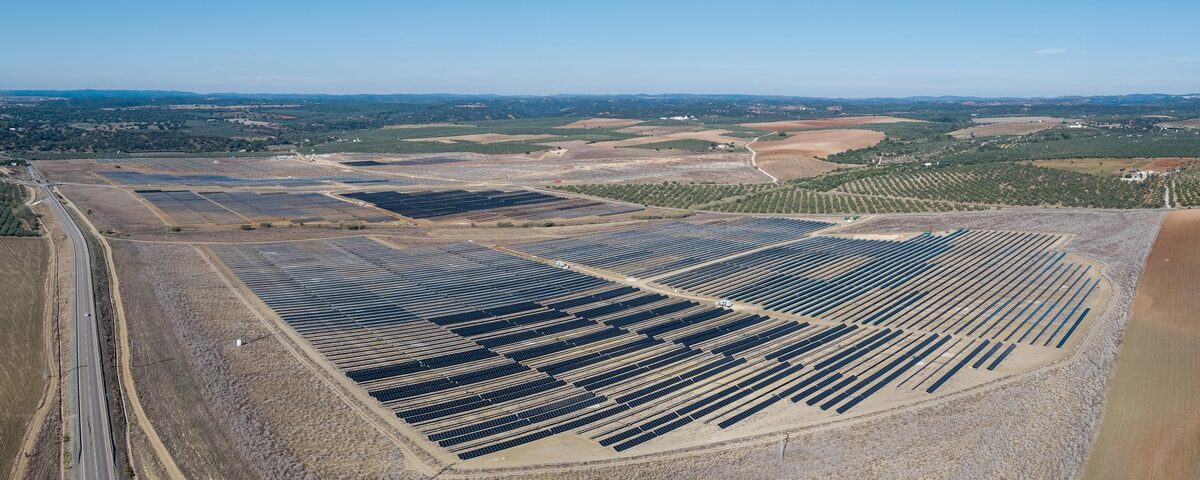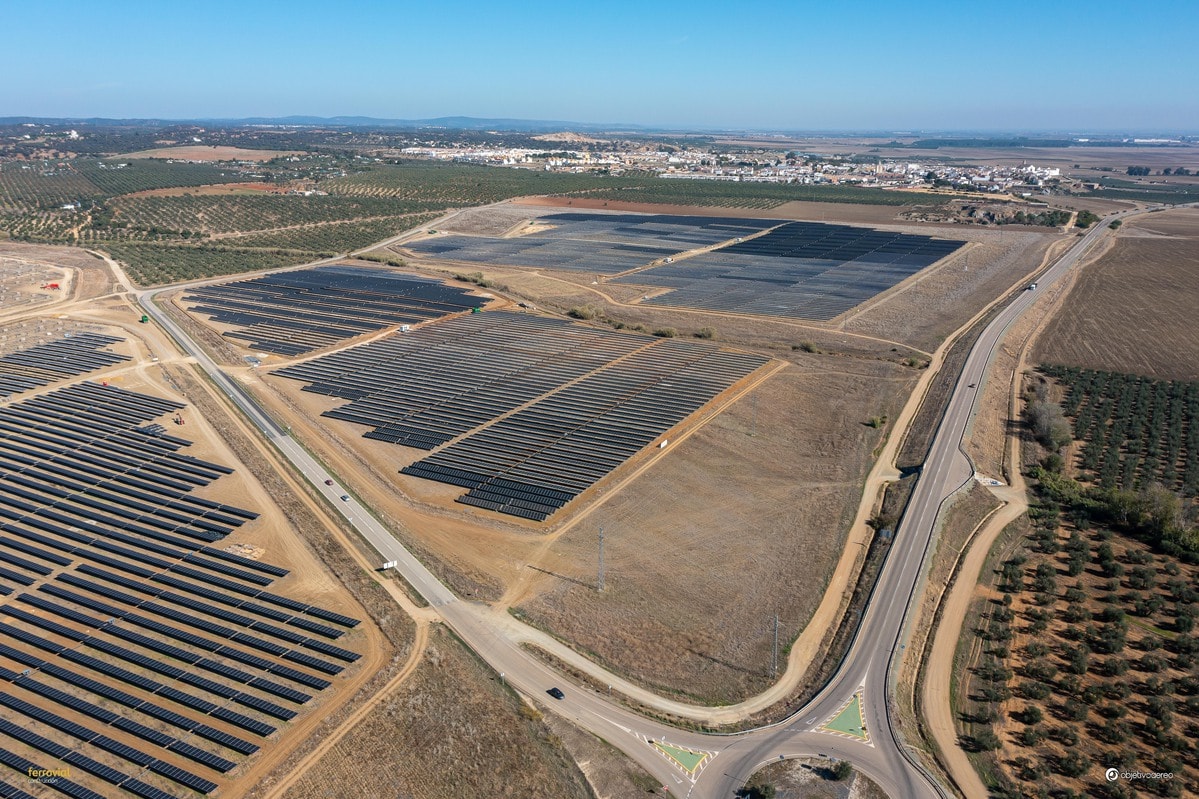
El Berrocal: how this solar plant contributes to sustainable development
13 of February of 2023
Sustainable development. Two words we’re hearing more and more from the general population are the objectives of companies and organizations from all corners of the world. These two words promise a greener, safer, more egalitarian world.
Working together to achieve sustainable development is part of my company’s plans. One of the latest steps we’ve taken to achieve this is the construction of El Berrocal, a solar plant that will generate electricity from the renewable, unlimited energy source of the sun, thereby promoting energy security and preventing the emission of greenhouse gases that cause climate change into the atmosphere.
We will tell you what sustainable development really is, the history, the present, and the future of this concept, and how the El Berrocal solar plant will help make it a reality.
A new model
In the second half of the last century, warnings about the increasingly accelerated pace of production, consumption, and spending started to be raised, as well as the need to consider that the planet’s resources are limited. The world began to question whether economic and social development was sustainable and if it could be sustained over time and reach the entire planet.
In 1987, the story of how the world sees and understands sustainability changed forever. The main character in this story was Dr. Gro Harlem Brundtland, who was the prime minister of Norway at the time and the head of a UN international commission seeking to rethink economic development policies.
The so-called Brundtland Report advocated for achieving sustainable development, defined as “development that meets the needs of the present without compromising the ability of future generations to meet their own.” This seemingly simple idea refers to a complex, delicate balance that entails environmental, economic, and social sustainability.
More than three decades later, sustainable development is shaping the global agenda. Today, we know that many of the challenges that we face, such as inequality, lack of access to resources such as drinking water, climate change, and the biodiversity crisis, can only be addressed by promoting sustainable development.
From Brundtland to the Paris Agreement
The Brundtland Report marked the beginning of several decades where different policies, agreements, and treaties were created that aim to support sustainable development in one way or another. 2015 was a very important year that will go down in history as the year when the UN’s 2030 Agenda for Sustainable Development was approved and the drafting of the Paris Agreement began.
At that time, almost a decade ago, all the member states of the United Nations approved 17 Sustainable Development Goals (SDGs) that make up the 2030 Agenda. They are a global call to end inequality and poverty, protect people’s lives, and end climate and environmental threats. We are all connected to each other, and together, we seek to achieve social, economic, and environmental sustainability.
The Paris Agreement also seeks to put an end to one of the major problems we’re currently facing: none other than climate change. It was adopted by 196 parties at the COP21, which was held in Paris at the end of 2015. Its goal is to limit global warming to less than 2°C by the end of the century, keeping this rise as close as possible to 1.5°C over pre-industrial levels.
To achieve this, countries must reduce their carbon dioxide (CO2) emissions and other greenhouse gases as much as possible. This is a legally binding agreement that encompasses all areas of the fight against climate change, from mitigation to adapting to its consequences.
The Brundtland Report, the 2030 Agenda, and the Paris Agreement all share the reality that achieving these goals requires everyone to work together. The efforts to make the world a more sustainable place are not only limited to governments but to all other agents, including citizens and companies, and they have a lot to offer to achieve this goal.
El Berrocal: one step closer to a more sustainable world

El Berrocal is a solar plant capable of generating 104.2 gigawatt-hours of electricity every year; that’s enough energy to power approximately 30,000 homes for 365 days. This is a clean, non-polluting energy that does not generate greenhouse gases. Thus, El Berrocal prevents the emission of 16,672 tons of CO2 every year compared to the same amount of electricity being produced by more polluting means, such as coal.
With the El Berrocal plant, Ferrovial will contribute to an increasingly sustainable world by generating electric energy without using fossil fuels by harnessing the renewable resource of the sun. This aligns the company with the decarbonization outlined by the Paris Agreement, as well as several of the 2030 Agenda’s Development Goals, such as 7, regarding the generation of affordable, non-polluting energy; 9, promoting the development of industry, innovation, and infrastructure; 12, which is related to responsible production and consumption; and 13, which calls for climate action.
Lastly, the El Berrocal plant will contribute to supporting energy security by reducing the country’s dependence on third-party imports of fossil fuels such as coal, gas, and oil, thereby helping to ensure the supply of electricity regardless of the geopolitical situation and other external factors.
For these and other reasons, the El Berrocal renewable energy project is helping achieve what we have known as sustainable development since the 1980s. This is a development that is socially, economically, and environmentally sustainable, and it can help meet the needs of today without putting the needs of tomorrow at risk.





There are no comments yet